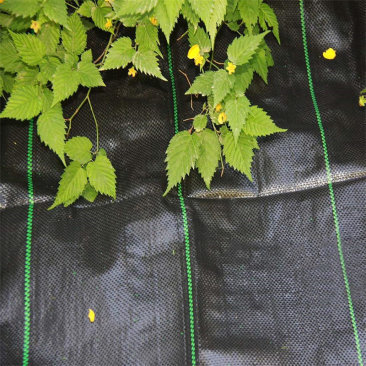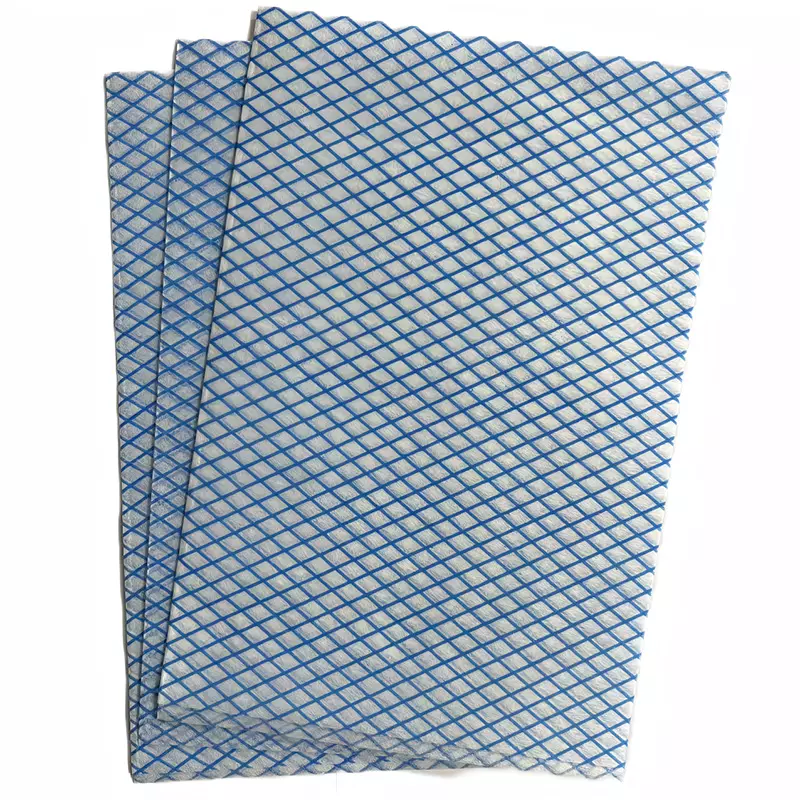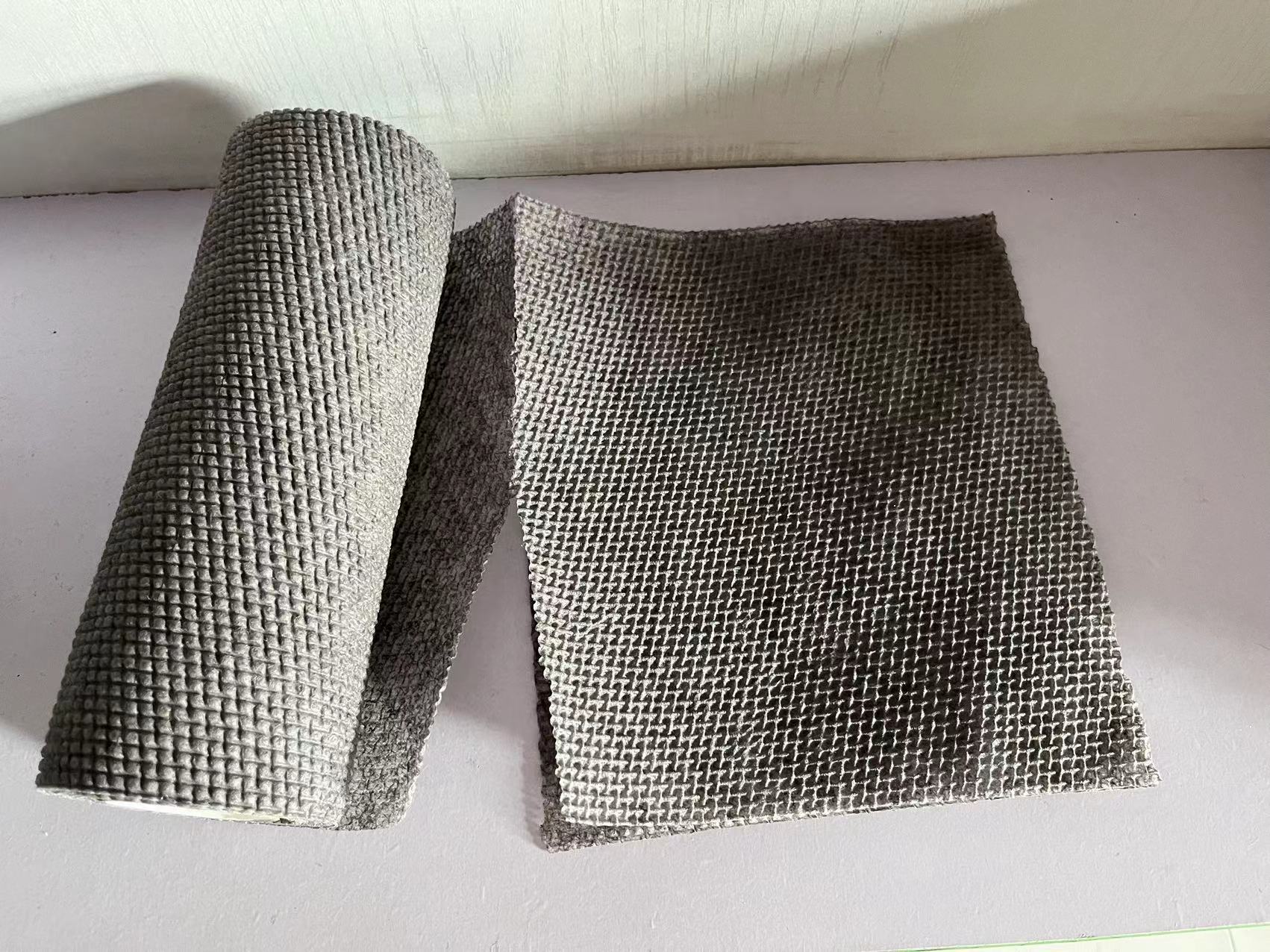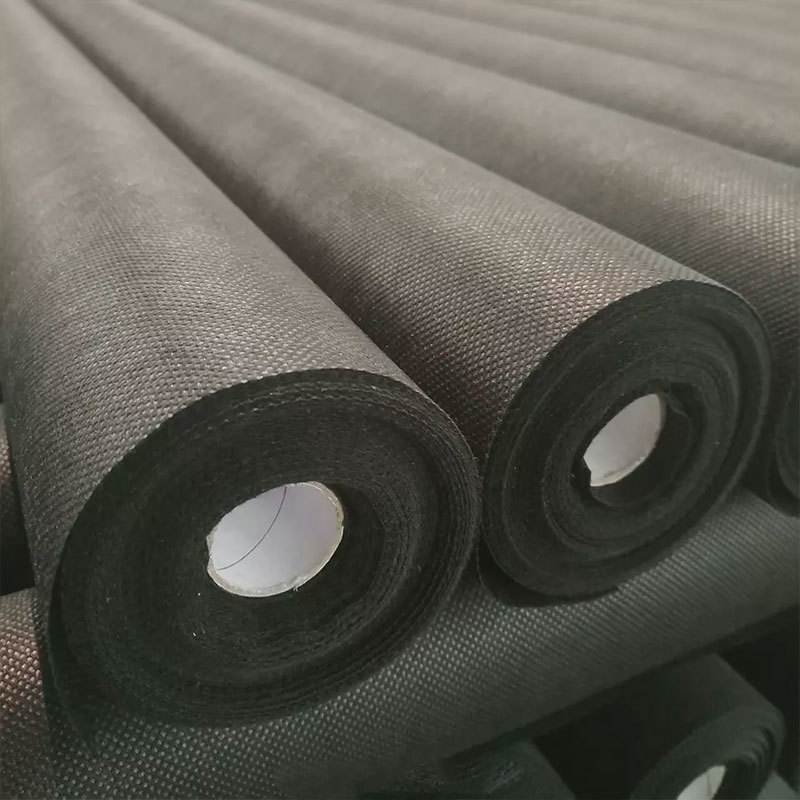31
2025
-
05
Understanding the Role of Geotextile Landscape Fabric in Construction
Geotextile landscape fabric is a crucial material in the construction and landscaping sectors, offering numerous benefits that enhance the durability and effectiveness of various projects. This woven or non-woven fabric is primarily used for soil stabilization, erosion control, and drainage management. By understanding the properties and applications of geotextile landscape fabric, professionals i
Geotextile landscape fabric is a crucial material in the construction and landscaping sectors, offering numerous benefits that enhance the durability and effectiveness of various projects. This woven or non-woven fabric is primarily used for soil stabilization, erosion control, and drainage management. By understanding the properties and applications of geotextile landscape fabric, professionals in the building and decorative materials industry can make informed decisions to improve project outcomes.
One of the primary functions of geotextile landscape fabric is soil stabilization. When placed beneath soil or aggregate layers, the fabric helps to distribute loads and prevent soil erosion. This is especially beneficial in areas with high traffic, such as pathways, driveways, and parking lots. By using geotextile fabric, professionals can reduce the risk of soil displacement and maintain the integrity of the surface layers, ultimately prolonging the lifespan of the infrastructure.
In addition to stabilization, geotextile landscape fabric plays a significant role in drainage management. The fabric allows water to flow through while filtering out sediment and debris, preventing clogging in drainage systems. This property makes it ideal for use in projects involving retaining walls, stormwater management, and landscaping beds. Proper drainage is crucial for preventing water accumulation, which can lead to structural damage and plant health issues.
Another noteworthy aspect of geotextile landscape fabric is its environmental benefits. By effectively controlling erosion and sediment runoff, this material contributes to sustainable construction practices. It can also assist in the establishment of vegetation by creating a stable environment for roots to grow. Incorporating geotextile fabric into landscaping projects not only enhances aesthetics but also promotes biodiversity and soil health.
When selecting geotextile landscape fabric, professionals should consider factors such as material type, permeability, and intended use. There are various types of geotextiles, each with specific properties suited for different applications. Woven fabrics, for instance, offer higher tensile strength, making them suitable for reinforcing slopes and embankments. Conversely, non-woven fabrics are often preferred for filtration and drainage applications due to their excellent water permeability.
In conclusion, geotextile landscape fabric is an invaluable asset in the construction and landscaping industry. Its ability to stabilize soil, manage drainage, and support sustainable practices makes it a versatile choice for a wide range of applications. By understanding the benefits and proper usage of geotextile landscape fabric, professionals can enhance project efficiency, performance, and environmental sustainability. As trends in construction continue to evolve, embracing materials like geotextile fabric will be essential for achieving long-lasting results.
One of the primary functions of geotextile landscape fabric is soil stabilization. When placed beneath soil or aggregate layers, the fabric helps to distribute loads and prevent soil erosion. This is especially beneficial in areas with high traffic, such as pathways, driveways, and parking lots. By using geotextile fabric, professionals can reduce the risk of soil displacement and maintain the integrity of the surface layers, ultimately prolonging the lifespan of the infrastructure.
In addition to stabilization, geotextile landscape fabric plays a significant role in drainage management. The fabric allows water to flow through while filtering out sediment and debris, preventing clogging in drainage systems. This property makes it ideal for use in projects involving retaining walls, stormwater management, and landscaping beds. Proper drainage is crucial for preventing water accumulation, which can lead to structural damage and plant health issues.
Another noteworthy aspect of geotextile landscape fabric is its environmental benefits. By effectively controlling erosion and sediment runoff, this material contributes to sustainable construction practices. It can also assist in the establishment of vegetation by creating a stable environment for roots to grow. Incorporating geotextile fabric into landscaping projects not only enhances aesthetics but also promotes biodiversity and soil health.
When selecting geotextile landscape fabric, professionals should consider factors such as material type, permeability, and intended use. There are various types of geotextiles, each with specific properties suited for different applications. Woven fabrics, for instance, offer higher tensile strength, making them suitable for reinforcing slopes and embankments. Conversely, non-woven fabrics are often preferred for filtration and drainage applications due to their excellent water permeability.
In conclusion, geotextile landscape fabric is an invaluable asset in the construction and landscaping industry. Its ability to stabilize soil, manage drainage, and support sustainable practices makes it a versatile choice for a wide range of applications. By understanding the benefits and proper usage of geotextile landscape fabric, professionals can enhance project efficiency, performance, and environmental sustainability. As trends in construction continue to evolve, embracing materials like geotextile fabric will be essential for achieving long-lasting results.
geotextile landscape fabric












